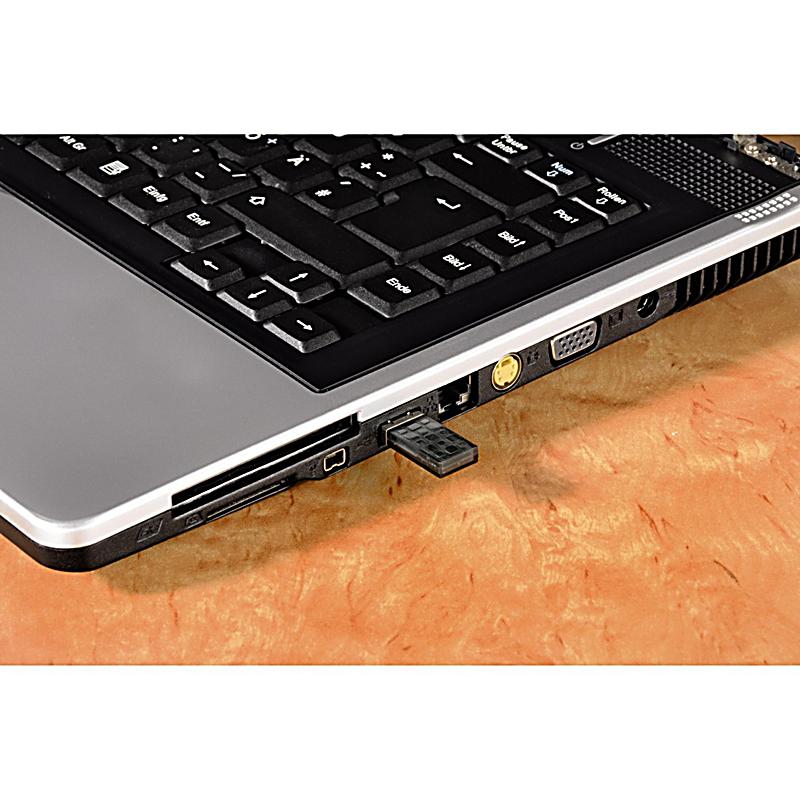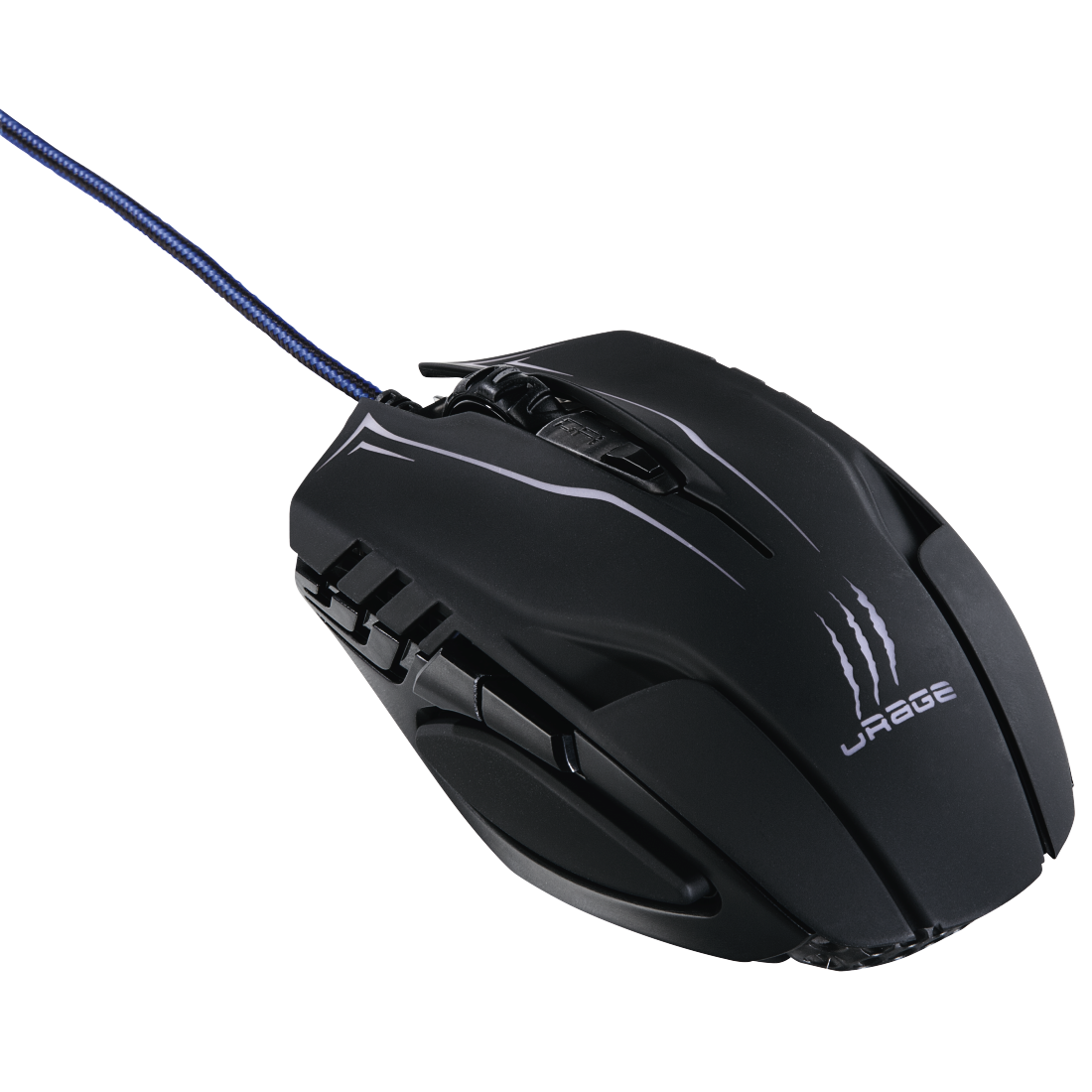In our Download Centre you find the latest software for Bluetooth, digital photo accessories, PC cards, USB, etc. The following is the important information of Hama 00029913 - Ergo Mouse installation driver. Click on Download Now and a File Download box will appear. Select Save This Program to Disk and a Save As box will appear. Select a directory to save the driver in and click Save. Locate the driver file using Windows Explorer when the download has. A library of over 250,000 device drivers, firmware, BIOS and utilities for Windows.
-->Find information on known issues and the status of the rollout for Windows 10, version 20H2 and Windows Server, version 20H2. Looking for a specific issue? Press CTRL + F (or Command + F if you are using a Mac) and enter your search term(s).
Windows 10, version 20H2 is available for users with devices running Windows 10, versions 1903 and higher who manually seek to “Check for updates” via Windows Update. The recommended servicing status is Semi-Annual Channel. Note We are slowly throttling up availability over the coming weeks to ensure a reliable download experience. As a result, the update may not be offered to you right away. For more details, see How to get the Windows 10 October 2020 Update. |
| Windows 10, version 20H2 is now available Find out how to get the update > | What’s new for IT pros Explore the latest features and servicing innovations in Windows 10, version 20H2 > |
Known issues
Hama Input Devices Driver Windows 10
| Summary | Originating update | Status | Last updated |
|---|---|---|---|
| Some games might fail to open, or you might receive an error You might have issues with some Direct3D games when using in-game overlay feature of Discord. | OS Build 19042.1000 KB4598291 2021-02-02 | Resolved External | 2021-02-08 19:16 PT |
| Errors or issues during or after updating devices with Conexant ISST audio drivers Devices with affected Conexant ISST audio drivers might receive an error or have issues with Windows 10, version 2004. | N/A | Confirmed | 2021-01-22 13:43 PT |
| Errors or issues during or after updating devices with certain Conexant audio drivers Devices with affected Conexant or Synaptics audio drivers might receive a stop error with a blue screen. | N/A | Confirmed | 2021-01-05 17:37 PT |
| Automatic input of Furigana might not work as expected In certain circumstances, the automatic Furigana input/conversion feature may not work as expected in apps. | N/A | Mitigated | 2020-12-10 18:24 PT |
Issue details
February 2021
Some games might fail to open, or you might receive an error | ||
| Status | Originating update | History |
| Resolved External | OS Build 19042.1000 KB4598291 2021-02-02 | Last updated: 2021-02-08, 07:16 PT Opened: 2021-02-08, 06:29 PT |
Microsoft and Discord have found incompatibility issues with some games using Direct3D 12 when the in-game overlay feature of Discord is enabled. When attempting to open affected games you might receive an error, or the game might close silently. Affected platforms:
Workaround: To mitigate this issue, you can turn off the in-game overlay in settings within the Discord app. Resolution: This issue is now resolved in an update to the Discord app. To verify you're on the latest version, right click on the Discord icon in the notification area and select 'Check for updates...'. If there are updates to install, it should install automatically but you might need to select the arrow icon in the upper right corner of the app to install the updated version. There is no update for Windows needed to resolve this issue. | ||
December 2020
Automatic input of Furigana might not work as expected | ||
| Status | Originating update | History |
| Mitigated | N/A | Last updated: 2020-12-10, 06:24 PT Opened: 2020-12-03, 12:29 PT |
When using the Microsoft Japanese Input Method Editor (IME) to enter Kanji characters in an app that automatically allow the input of Furigana characters, you might not get the correct Furigana characters and might need to enter them manually. Note for developers: Affected apps are using the ImmGetCompositionString function. Workaround: To mitigate this issue, please follow the instructions in Revert to a previous version of an IME (Input Method Editor). Affected platforms:
Next steps: We are working on a resolution and will provide an update in an upcoming release. | ||

May 2020
Errors or issues during or after updating devices with Conexant ISST audio drivers | ||
| Status | Originating update | History |
| Confirmed | N/A | Last updated: 2021-01-22, 01:43 PT Opened: 2020-05-27, 12:22 PT |
Synaptics and Microsoft have found incompatibility issues with certain versions of drivers for Conexant ISST audio driver and Windows 10, version 2004 (the Windows 10 May 2020 Update). Windows 10 devices with affected Conexant ISST audio driver might receive an error or experience issues while installing the update or after the device has updated. The affected driver will be named Conexant ISST Audio or Conexant HDAudio Driver under Sound, video and game controllers in Device Manager and have file name uci64a96.dll through uci64a231.dll and a file version of 7.231.3.0 or lower. To safeguard your update experience, we have applied a compatibility hold on Windows 10 devices with affected Conexant or Synaptics audio drivers installed from being offered Windows 10, version 2004 or Windows Server, version 2004 until the driver has been updated. If your organization is using Update Compliance, the safeguard ID is 25178825. Affected platforms:
Workaround: To mitigate the safeguard, you might need to check with your device manufacturer (OEM) to see if an updated driver is available and install it. If updated drivers are not available for your device and you are offered Windows 10, version 2004 or Windows 10, version 20H2, a small number of devices might roll back to the previous version of Windows 10 when attempting to update. If this occurs, you should attempt to update to Windows 10, version 2004 or Windows 10, version 20H2 again. Next steps: Microsoft and Synaptics are working on a resolution and will provide an update in an upcoming release. As of January 14, 2021, we are adjusting this safeguard to allow certain devices with the affected driver to update to Windows 10, version 2004 or Windows 10, version 20H2. Note We recommend that you do not attempt to manually update using the Update now button or the Media Creation Tool until this issue has been resolved. | ||
Errors or issues during or after updating devices with certain Conexant audio drivers | ||
| Status | Originating update | History |
| Confirmed | N/A | Last updated: 2021-01-05, 05:37 PT Opened: 2020-05-27, 12:20 PT |
Synaptics and Microsoft have found incompatibility issues with certain versions of drivers for Conexant or Synaptics audio devices and Windows 10, version 2004 (the Windows 10 May 2020 Update). Windows 10 devices with affected Conexant or Synaptics audio drivers might receive a stop error with a blue screen during or after updating to Windows 10, version 2004. The affected driver will be named Conexant HDAudio Driver under Sound, video and game controllers in Device Manager and have versions 8.65.47.53, 8.65.56.51, or 8.66.0.0 through 8.66.89.00 for chdrt64.sys or chdrt32.sys. To safeguard your update experience, we have applied a compatibility hold on Windows 10 devices with affected Conexant or Synaptics audio drivers installed from being offered Windows 10, version 2004 or Windows Server, version 2004 until the driver has been updated. If your organization is using Update Compliance, the safeguard IDs are 25702617, 25702660, 25702662, and 25702673. Affected platforms:
Next steps: Microsoft and Synaptics are working on a resolution for safeguard IDs 25702617 and 25702660, and will provide an update in an upcoming release. Note We recommend that you do not attempt to manually update using the Update now button or the Media Creation Tool until this issue has been resolved. Resolution: This issue was resolved for safeguard IDs 25702662 and 25702673. The safeguard hold has been removed for these safeguard IDs as of December 11, 2020. Please note, if there are no other safeguards that affect your device, it can take up to 48 hours before the update to Windows 10, version 2004 or Windows 10, version 20H2 is offered. | ||
-->
Human Interface Devices (HID) is a device class definition to replace PS/2-style connectors with a generic USB driver to support HID devices such as keyboards, mice, game controllers, etc. Prior to HID, devices could only utilize strictly-defined protocols for mice and keyboards. Hardware innovation required either overloading data in an existing protocol or creating non-standard hardware with its own specialized driver. HID provided support for these “boot mode” devices while adding support for hardware innovation through extensible, standardized and easily-programmable interfaces.
HID devices today include a broad range of devices such as alphanumeric displays, bar code readers, volume controls on speakers/headsets, auxiliary displays, sensors and many others. Many hardware vendors also use HID for their proprietary devices.
Hama Input Devices Drivers
HID began with USB but was designed to be bus-agnostic. It was designed for low latency, low bandwidth devices but with flexibility to specify the rate in the underlying transport. The specification for HID over USB was ratified by the USB-IF in 1996 and support over additional transports followed soon after. Details on currently supported transports can be found in HID Transports Supported in Windows. 3rd-party, vendor-specific transports are also allowed via custom transport drivers.
HID Concepts
HID consists of two fundamental concepts, a Report Descriptor, and Reports. Reports are the actual data that is exchanged between a device and a software client. The Report Descriptor describes the format and meaning the data that the device supports.
Reports

Applications and HID devices exchange data through Reports. There are three Report types: Input Reports, Output Reports, and Feature Reports.
| Report Type | Description |
|---|---|
| Input Report | Data sent from the HID device to the application, typically when the state of a control changes. |
| Output Report | Data sent from the application to the HID device, for example to the LEDs on a keyboard. |
| Feature Report | Data that can be manually read and/or written, and are typically related to configuration information. |
Each Top Level Collection defined in a Report Descriptor can contain zero (0) or more reports of each type.
Usage Tables
The USB-IF working group publishes HID Usage Tables that are part of the Report Descriptors that describe what HID devices are allowed to do. These HID Usage Tables contain a list with descriptions of Usages, which describe the intended meaning and use of a particular item described in the Report Descriptor. For example, a Usage is defined for the left button of a mouse. The Report Descriptor can define where in a Report an application can find the current state of the mouse’s left button. The Usage Tables are broken up into several name spaces, called Usage Pages. Each Usage Page describes a set of related Usages to help organize the document. The combination of a Usage Page and Usage define the Usage ID that uniquely identifies a specific Usage in the Usage Tables.
See also
USB-IF HID Specifications.
